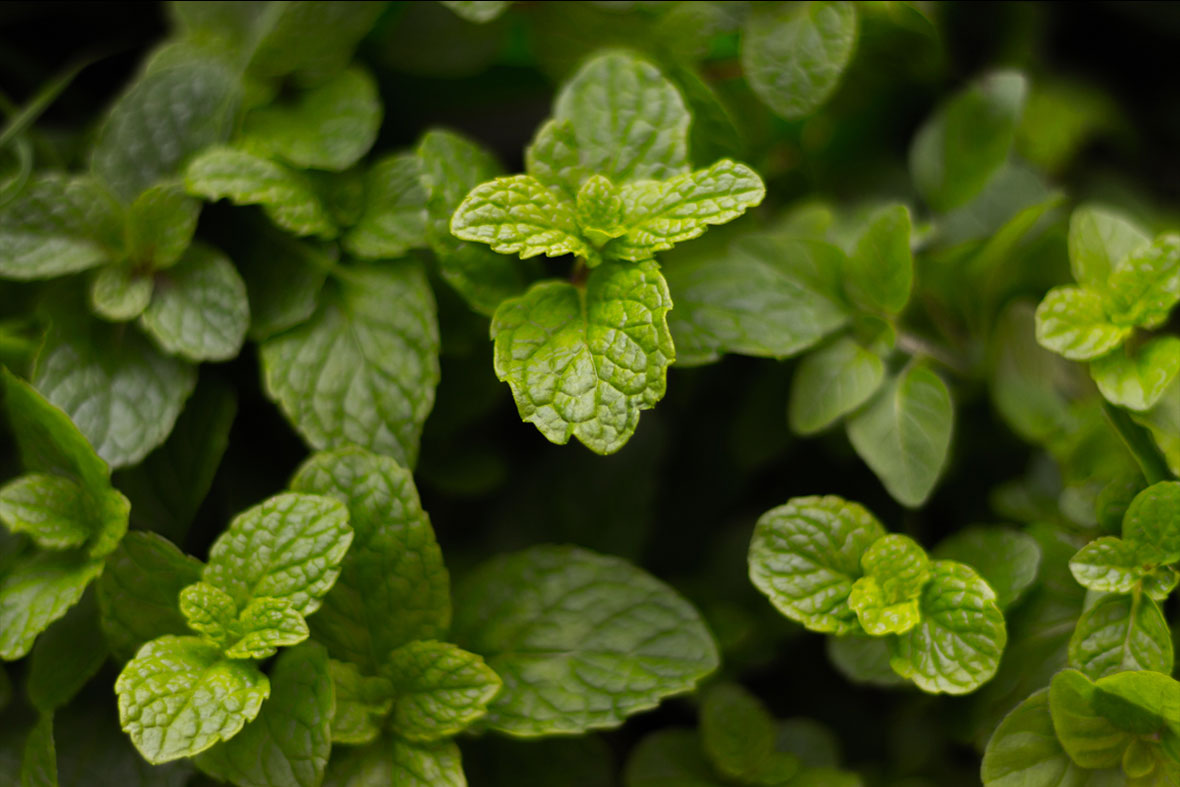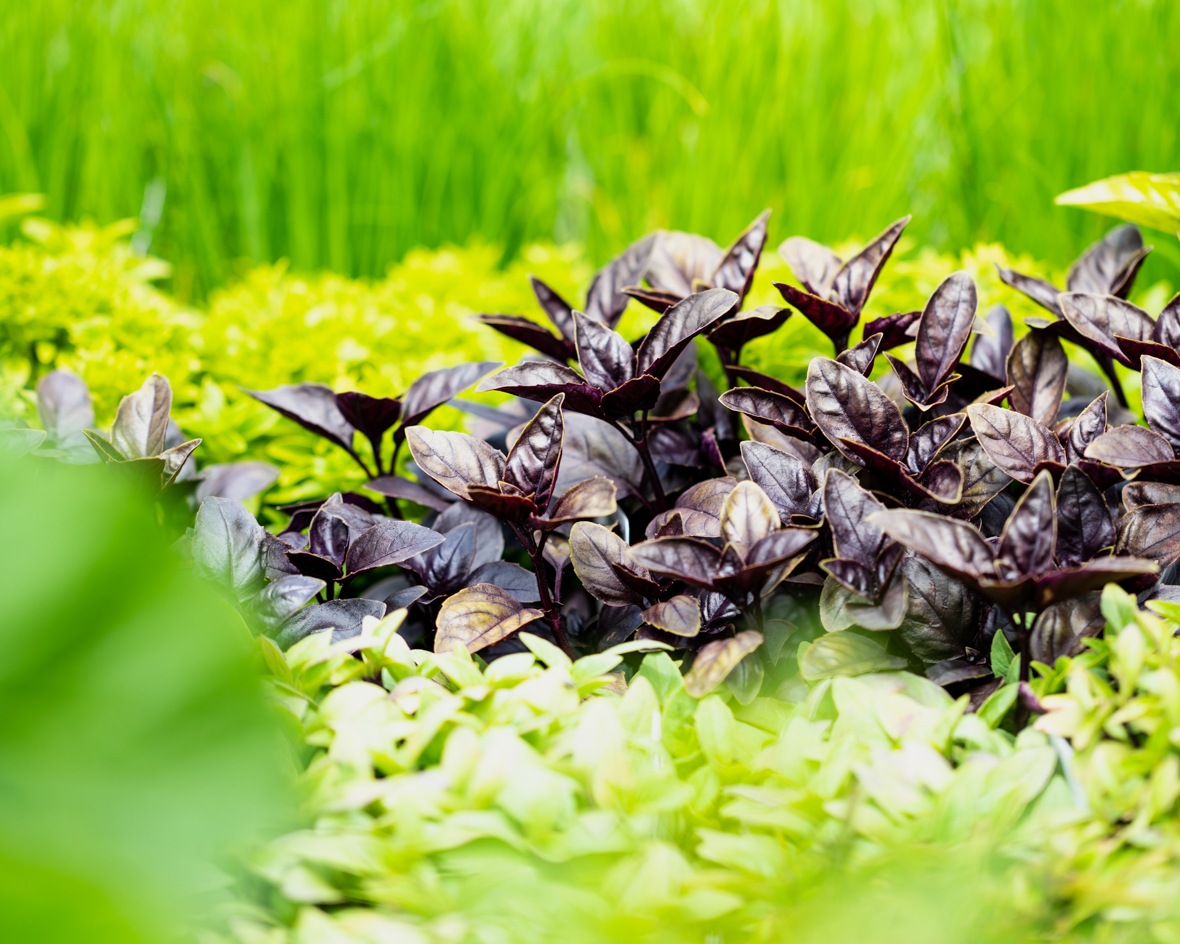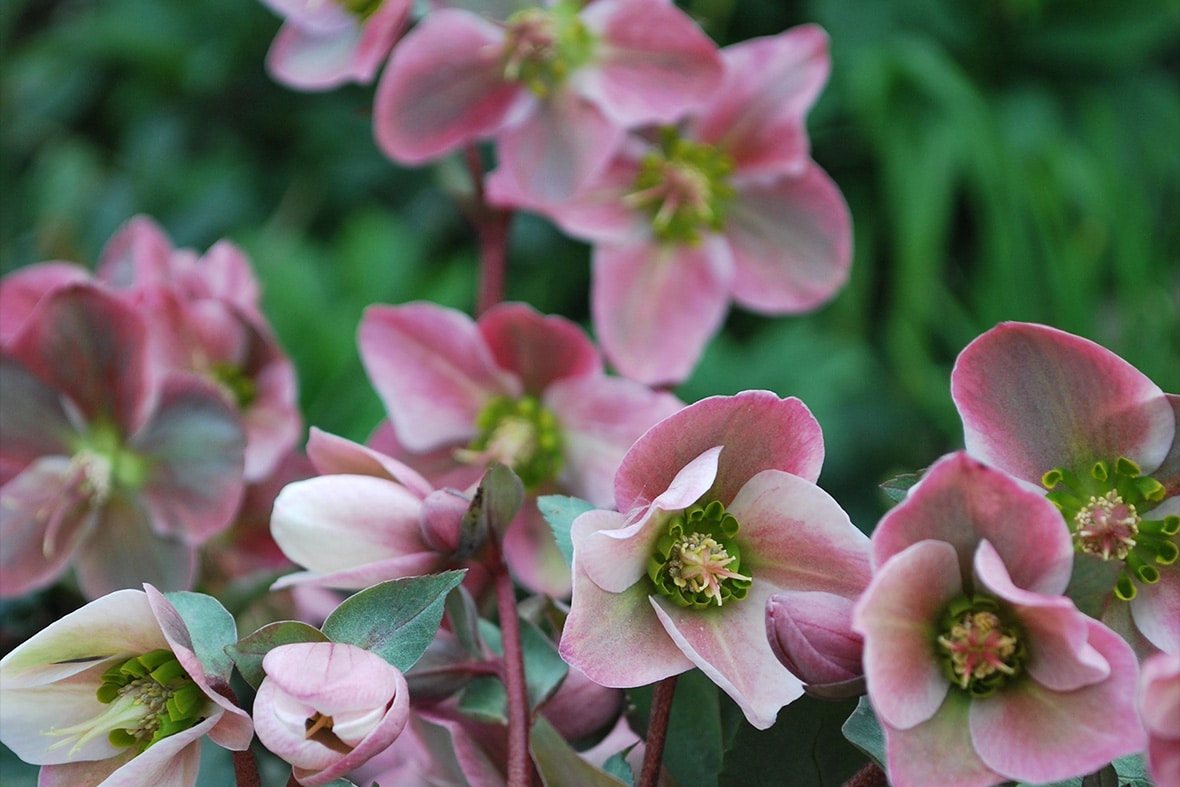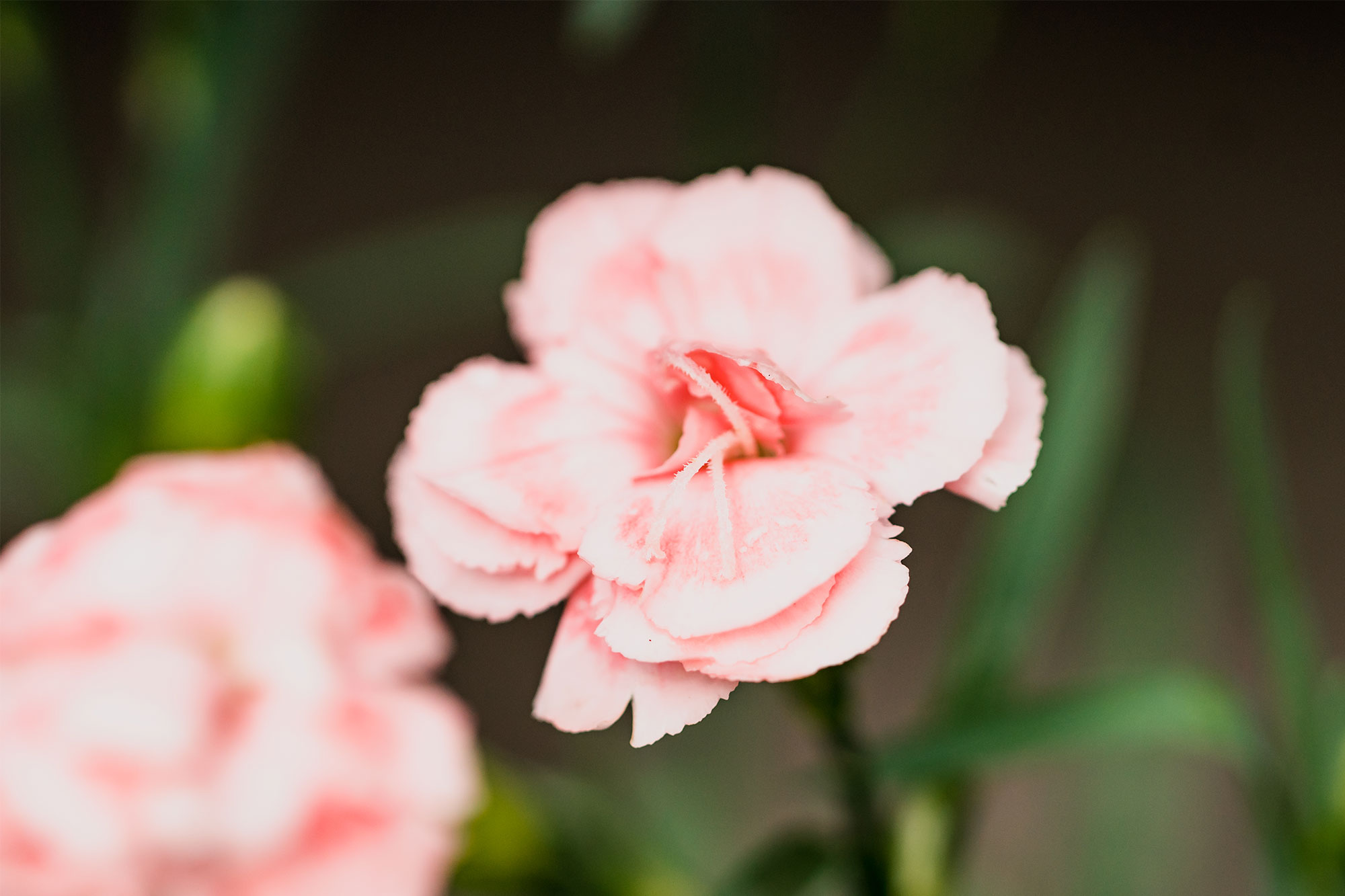Growing food at home is very popular and whatever form your garden may take, herbs are easy to grow and very rewarding. Fresh or dried, herbs add zest to cooking, perfume the house and have natural medicinal and cosmetic benefits. Craft making with herbs has wide appeal. Create pot pourri, tussie mussies and infused vinegars from your own garden.
Putting it Together

Planting in dry places
- Basil – Traditionally used in Italian cooking. Spicy and pungent, it is delicious with tomatoes, vegetables, pasta, salads.
- Dill – delicate anise flavoured leaves that combine well with fish and vegetables. The seeds can be used in pickles and breads.
- Garlic – The pungent aroma enhances many styles of cuisine. Well known in French and Mediterranean cooking it also has remarkable medicinal properties.
- Marjoram – Traditionally used in mixed herbs. Good addition for savoury dishes, tomatoes, meats.
- Oregano – Similar to marjoram. Add to pasta, pizza, tomatoes, meats, dressings.
- Sage – Traditionally used for meat stuffings. Good for drying
- Tarragon (French) – Good accompaniment to chicken, fish, and vegetable dishes and herb vinegar.
- Thyme – Garden and Lemon thyme are invaluable additions to savoury dishes, meat dishes, soups, salads, vegetables and baking. There are many other ornamental varieties.

Planting in damp places
• Chives – Delicate onion flavour used in savoury dishes, salads and as a garnish for soup.
• Chervil – Delicate aniseed flavour good for enhancing fish and egg dishes.
• Coriander – Spicy and intense, invaluable for curry dishes.
• Fennel – Delicious flavour for fish or meats—raw or braised
• Mint – Used traditionally with potatoes, peas, lamb. Also refreshing in salads and as a garnish for fruits and summer drinks.
• Parsley- Its refreshing flavour is widely used in savoury sauces, meat dishes, soups, salads, baking and garnishes
Teas
• Lemon Balm – To relieve headaches.
• Borage – Lifts the spirits.
• Roman Chamomile – Calming.
Ornamental
• Basil, purple – A striking colour contrast.
• Catmint – Misty lavender flowers. Lovely under roses.
• Curry Plant – Silver leaves, rich scent.
• Hyssop – Ideal for low hedges.
• Savoury – Fragrant evergreen, ideal for edgings.
Lawns of delicious fragrance
• Corsican Jewel mint – Tiny, strongly scented leaves.
• Pennyroyal mint – Crisp peppermint smell.
• Thyme – Purple, White, Woolly, are just a few of the carpeting thymes
When to plant Herbs
When putting a herb garden together it may be difficult to buy all the plants at one time as many are seasonal and only available at certain times.
Planting can be done whenever plants are available, provided regular watering is carried out in summer.
After Care
Planting can be done whenever plants are available, provided regular watering is carried out in summer.
- Trim after flowering to keep compact, bushy and to encourage new growth.
- Water as required in summer. Mulch in early spring and autumn.
- Feed with a quality high quality fertiliser in early spring.
Harvesting
Pick leaves and flowers in the morning after dew has evaporated.
If you are growing culinary herbs choose a place near the kitchen for convenience. For most herbs, create pockets using stones for dry lovers and add more organic material to help retain moisture for damp loving herbs. Herbs can be grown in many styles of containers.


